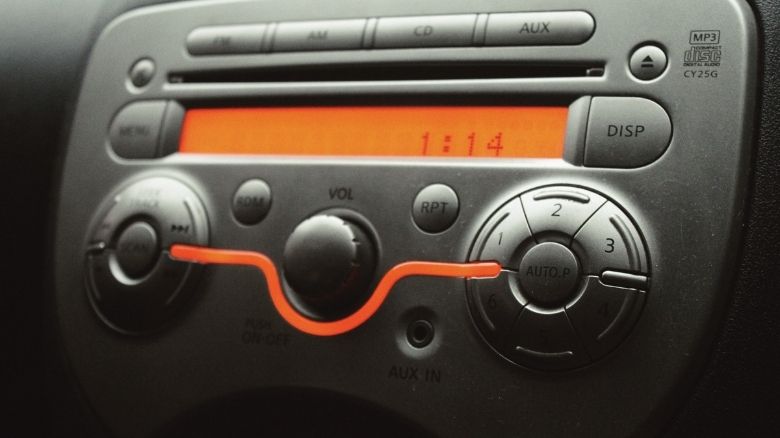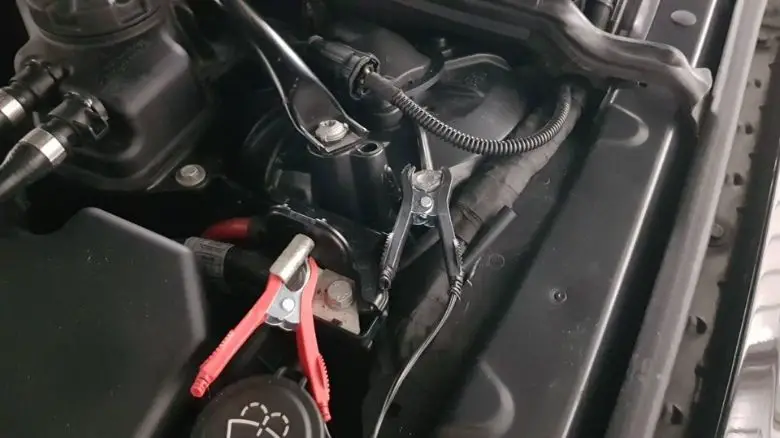Will Your Car Battery Die If you Don’t Drive It? (And Can You Prevent It?)
Table of Contents
When cars are driven regularly, the alternator keeps the battery charge topped up. But it’s not always practical or possible for some people to drive their cars every week.
Car batteries naturally lose the ability to hold charge over time and are also drained by certain electronics when not in use, so will your car battery die if you don’t drive it?
Your car battery will eventually die if you don’t drive it regularly. Car batteries are designed to be charged by the alternator as they move along, so if it’s sat on your driveway for an extended period of time the electrical systems (such as the alarm) will drain the charge.
So we know that the battery will suffer through lack of use, but how long will it take for the battery to die, and how can you prevent it from dying when the car isn’t in use?
What Happens to a Car Battery if not Used?
Whilst not in use, the car will draw power from the battery to keep its electrical systems operating. If left long enough without being charged, this will be enough to fully deplete the battery.
Most modern car batteries can handle many weeks, or sometimes months, of not being used, but if the car is used sparingly over a long period of time then the battery will eventually succumb.
If this happens, there won’t be enough power to start the car the next time it’s needed.
What Drains a Car Battery While it is off?
Electrical systems such as the onboard computer, the clock, and the alarm can all drain a car battery while it’s off.
It’s normal for these systems to use a small amount of power, but there is also the potential for the car to draw more power from the battery while the car is not being used if there is a ‘parasitic draw’.
These parasitic draws can be caused by a faulty relay or an interior light being left on by mistake, and will drain the battery far quicker than normal.

What Makes a Car Battery Go Bad?
Regular infrequent use of the vehicle, an unidentified parasitic draw, and age are the most common reasons for a car battery to go bad.
It may be a combination of two, or all three of these factors that eventually lead to the battery dying altogether.
Some older batteries can suffer from extreme temperatures, so if you live in an extreme climate this can contribute to your battery going bad over time
Will a Car Battery Die After 2 Weeks?
A healthy car battery should not die after two weeks, and if it does there may be an issue with the car or the battery. Modern car batteries are designed to last far longer than two weeks.
Modern car batteries should be able to hold their charge for at least a month, even longer in most cases.
Is it Normal for a Car Battery to Die After Sitting for a Week?
There is almost certainly a problem with your car battery if it dies after sitting for a week. This is not normal, and it’s likely the battery will need replacing.
The most common cause of a car battery dying after one week is simply age. Batteries only have a limited lifespan of 3-5 years, and once they’ve been through a certain number of charge cycles they will be unable to hold charge for very long.
Why Does My Car Battery Die After Sitting for a Few Days?
A car battery that dies after sitting for a few days will either need replacing due to age or be suffering from a parasitic drain. A badly wired radio, a faulty relay, or a phone charger left plugged in could all be drawing power from the battery while the car is sitting.
There’s no reason a healthy battery would die after the car hasn’t been driven for a few days. If you suspect there’s an electrical issue which is drawing power from your battery, a parasitic draw test can be conducted.

This test will diagnose the problem and determine what needs to be fixed to resolve the battery drain.
How do You Keep a Car Battery from Dying When Not in Use?
Connect the car up to a battery conditioner using the terminals in the engine bay or on the battery itself. You can also disarm the alarm system if the car is in a secure location, or even disconnect the battery altogether if the car isn’t going to be in use for a longer period of time.
Connecting a battery conditioner or trickle charger is a great way to prolong the life of your battery and prevent it from dying when the car isn’t being driven.
They work by releasing small amounts of current into the battery to keep it topped up. This gives you peace of mind that the next time you need to use your car it will be fully charged, and start first time.
This is of course only possible if you have a supply of power near your car, and won’t be practical for those who don’t.
Disarming the alarm system is another way to reduce the amount of power that’s drawn from the battery when not in use, but obviously this has its dangers and should only be done when the car is stored securely.
If you’re not going to be driving your car for a long time you can also consider disconnecting the battery completely. However, be aware that this will reset the electrical systems to their default settings.
Can You Leave a Car Battery Charger on Overnight?
A modern car battery charger that regulates output voltage is safe to leave on overnight. If your charger is older and doesn’t regulate its output, it’s best to switch it off.
Most car battery chargers on the market today have inbuilt safety features to protect against overcharging, but it’s always safest to check the manufacturer’s instructions before leaving your charger on overnight.
Many owners of classic cars leave their trickle chargers on for weeks at a time as the safety features detect the state of the battery and apply charge accordingly. When the battery is full, the charger stops charging.
Real World Example – Charging Our Classic Cars
Here at The Car Investor we own several classic cars and modern classics, many of which are driven sparingly during the winter months.
We keep each of these cars on trickle chargers during that time to prevent their batteries from going flat.

We find that it takes between 24-48 hours to reach full charge, at which point the green light appears on the charger. We leave the charger plugged in to ensure it remains charged.
At this point it’s satisfying to know that the battery is fully charged and ready to go the next time we use the car.
ABOUT THE AUTHOR
Adam Chinn writes about the intersecting worlds of classic cars, driving pleasure, and smart investment strategies. Starting his journey at 26, he’s proven that one doesn’t need to be wealthy to begin investing in classic cars.
Adam’s insights have been recognized on platforms such as MoneyInc, Swagger Magazine, and Top Speed.




2 thoughts on “Will Your Car Battery Die If you Don’t Drive It? (And Can You Prevent It?)”
if you take the negative terminal of the battery to stop it going flat, that is fine on some cars, but a friend of mine did this on a 2018 Audi and when he put the terminal back on the car would not start. he had to tow it to an Audi dealer who re-set the computers. it does in fact warn against doing this in the manual (but he didn’t read it) so you have to be careful with some makes (mostly European cars)
Thanks for the article. My car battery is new, only about one month old. I only drive my car every 5 days or so. Should my battery be dead already? It is an expensive battery that was recommended by an expert that I trust. I have a tickler charger, but didn’t plug it is as I thought my new battery would be ok without it. Guess I was wrong.